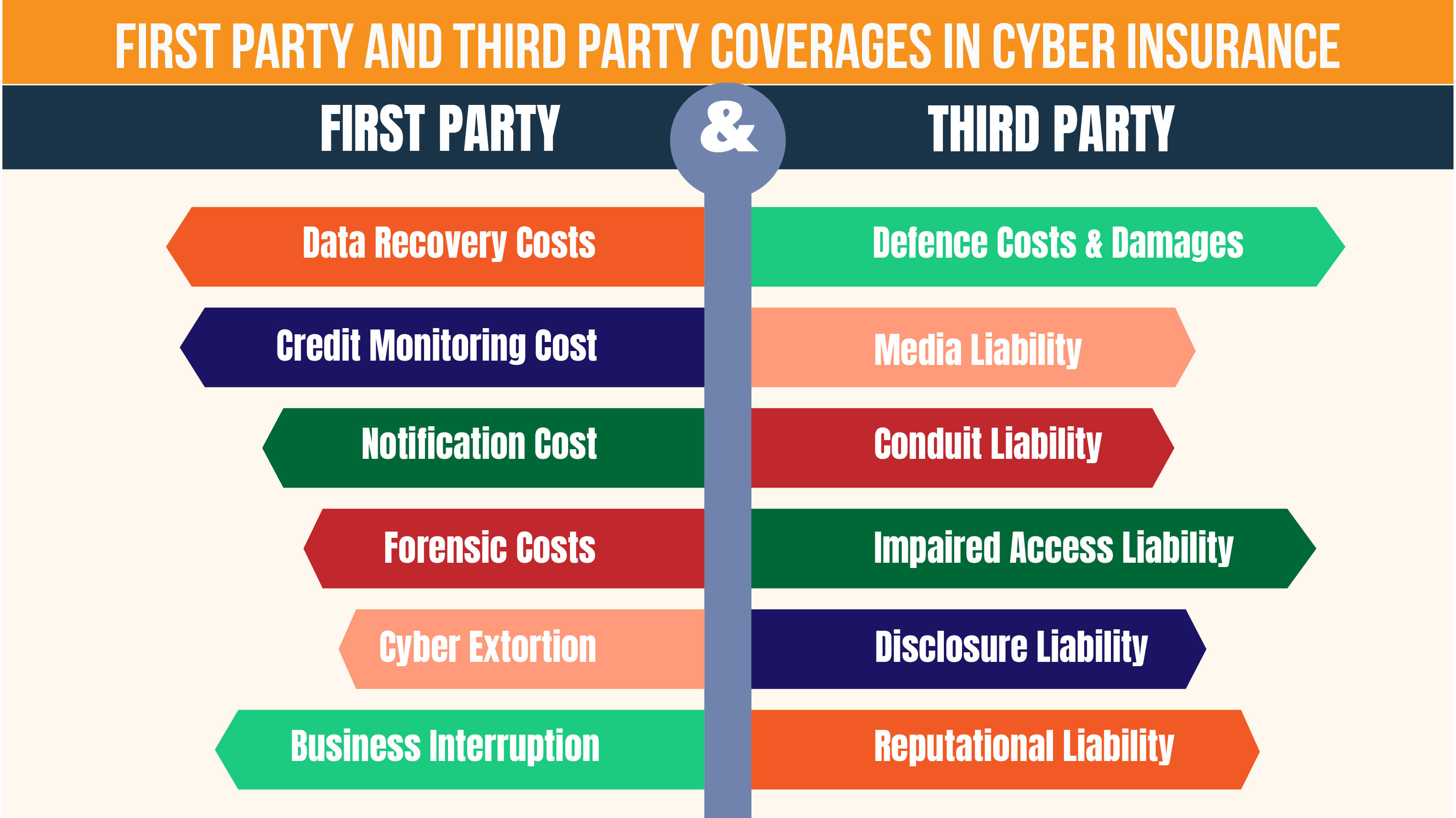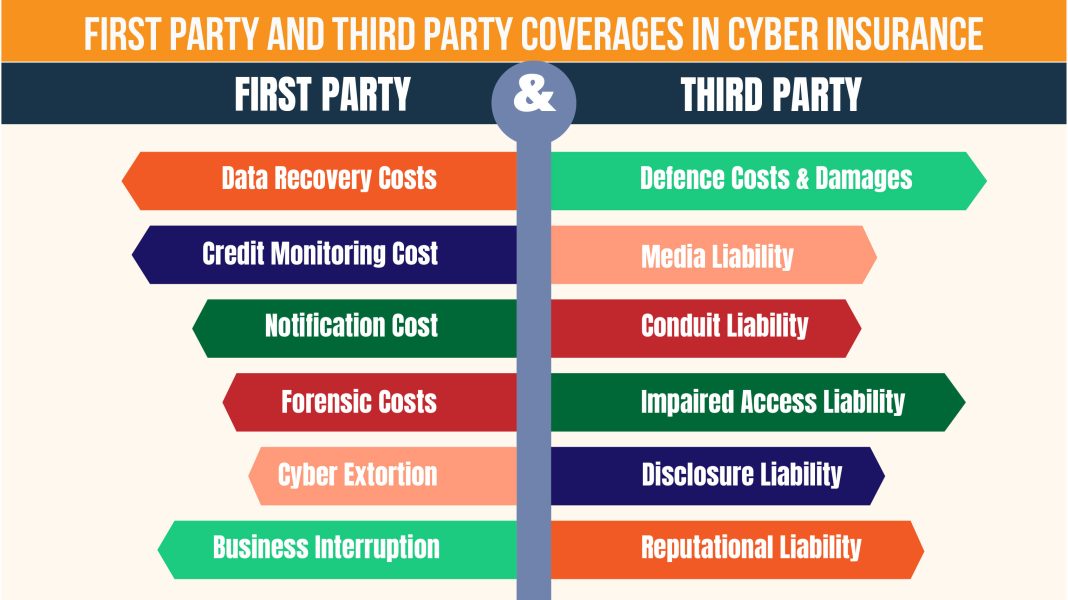
Title: Dealing with Fallen Trees: Insurance Coverage, Responsibilities, and Precautionary Measures
Introduction:
When it comes to the safety of our homes, the threat of falling trees is often overlooked. Hazardous weather conditions can cause trees to topple, posing a significant danger. However, even trees with rot can collapse unexpectedly. In the aftermath of such an incident, it is crucial to prioritize safety and contact your insurance company. Nevertheless, understanding the intricacies of insurance coverage for tree damage can be complex, as it depends on various factors such as how the tree fell and the cause of its fall.
Insurance Coverage and Tree Damage:
Determining the coverage for tree damage begins with evaluating how the tree fell. Typically, insurance policies cover tree damage caused by snow and ice storms, wind, hail, or fires caused by lightning. However, it’s important to note that homeowner’s insurance policies do not cover tree damage resulting from floods or earthquakes. This exclusion aligns with the fact that homeowner policies generally do not provide coverage for perils unrelated to the property itself.
Limits of Insurance Coverage:
While insurance covers certain causes of tree damage, it often does not extend to cover rot or the age of a tree. If a tree falls on your house due to its old age or rot, the responsibility for repairs and damages typically falls on you, as it is considered negligence or a maintenance-related issue. Additionally, insurance does not cover the removal of diseased or dangerous trees from your property. As a homeowner, it is crucial to prioritize tree maintenance by regularly trimming and removing old or diseased trees to minimize potential risks.
Responsibility for Neighbor’s Tree Damage:
In cases where a neighbor’s tree falls on your house, determining liability can be complex. Courts have established that the tree owner is not automatically responsible for the damage caused by a fallen tree. However, if the tree owner was aware that the tree was dying and could pose a risk to someone’s property, they may be held accountable. As a property owner, it is essential to secure your own property, and while you cannot remove trees from your neighbor’s yard, you should notify them of any dead or dying trees that could potentially fall. Keeping a record of this notification, such as certified letters or email correspondence, can provide evidence of due diligence.
Coverage for Tree Removal:
If the fallen tree damages a covered structure, such as a house, garage, or fence, homeowner’s insurance policies typically cover the cost of tree removal. However, if the fallen tree does not hit a covered structure, insurance may not cover the removal expenses, except in exceptional cases like blocking a driveway. It is essential to review your policy for any coverage limitations or specific deductibles related to debris removal.
Tree Maintenance and Preventative Measures:
It is crucial to recognize that homeowner’s insurance does not typically cover the cost of cutting down trees for maintenance purposes. Proactively inspecting your trees for signs of decay or disease, and encouraging neighbors to do the same, is vital. Taking preventative action, such as trimming trees and removing potential hazards, falls under the responsibility of the homeowner. This proactive approach can minimize the likelihood of tree-related incidents and ensure the safety of your property.
Insurance Coverage for Vehicle Damage:
In the event that a fallen tree damages your vehicle, homeowner’s insurance does not usually cover the cost of repairs. Vehicle damage caused by fallen trees falls under the comprehensive auto insurance policy. Therefore, it is essential to ensure that you have the appropriate coverage for your vehicle, especially if you live in an area with many trees.
Conclusion:
Dealing with fallen trees requires a comprehensive understanding of insurance coverage, responsibilities, and preventative measures. While insurance can provide coverage for certain causes of tree damage, it is essential to recognize its limitations, such as excluding coverage for tree rot or age. Homeowners should prioritize regular tree maintenance and promptly address potential risks to minimize the likelihood of tree-related incidents. By proactively inspecting trees, notifying neighbors of potential hazards, and maintaining appropriate insurance coverage, homeowners can protect their property and ensure their safety.


